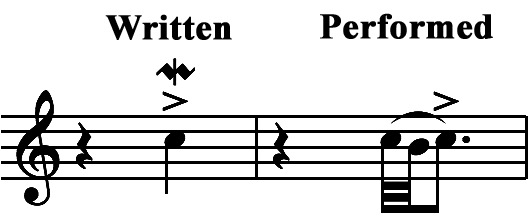

Sometimes we might want to change the tone quality or as part of rhythmic emphasis in the left hand, but continual over-pressing is obviously a waste of energy and may cause tension. ‘In normal playing, the correct amount of finger pressure is always as little as possible – in other words, just enough to make the tone entirely pure. To obtain a pizzicato note which will carry, the string must be firmly pulled with the fleshy part of the right hand in a direction to the right of the player at an angle of about 10 degrees to the fingerboard. The result will be a note which sounds dead. It is not good enough to simply twang the strings. Joan Jeanrenaud, former cellist of the Kronos Quartet, The Strad, June 2004ĭictionaries of music vary, but the majority explain that pizzicato is an Italian word meaning ‘pinched’ and from what we frequently hear in concerts and recitals it would seem that some string players interpret the definition literally and produce a pinched tone instead of a richly vibrant tone. Flesh can be used to our advantage but don’t forget the nails’

Next, consider how you will pluck you can pull the string to one side or the other, lift up, or push down. Most often we do this between the fingerboard and the bridge, but there are other options, such as close to the bridge to get a tight, non-resonating sound or on the fingerboard for a softer, more ringing tone. One of the choices you have with pizzicato is where on the string you pluck. We have the ability to produce as many colours in pizzicato as we do when we use the bow. Within the musical context, however, there are a variety of reasons that pizzicato is used and therefore we need to find different ways to pluck.
Pizzicato definition how to#
Many cellists feel that pizzicato is simply plucking the string and they give little thought as to how to do so.


 0 kommentar(er)
0 kommentar(er)
